Angioedema is a medical condition characterized by rapid and localized swelling in the deeper layers of the skin and inner linings of various body areas. This swelling frequently occurs on the face, lips, tongue, throat, or genital organs. This happens when fluid accumulates in the deeper layers of the skin, and the blood vessels expand.
This health issue can appear in two forms: one passed down from your relatives and another you acquire with time. Hereditary Angioedema, a rare condition, means we are discussing an illness from alterations to the DNA instructions for controlling specific blood proteins. A significant protein that helps regulate inflammation is a C1 inhibitor, and problems with it can lead to severe consequences. On the other hand, acquired Angioedema may be triggered by various factors such as allergic reactions, medications, illnesses, or pre-existing medical conditions.
One of the clear signs of Angioedema is that it shows up fast, and the swelling happens quickly. This rapid and noticeable growth can be uncomfortable, significantly alter someone's appearance, and, in severe cases, may block their airway, causing breathing difficulties. Airway involvement is critical in Angioedema and needs quick medical care.
Continue reading the article to learn more important information about Angioedema, including its types, causes, distinct symptoms, and, finally, available treatment options and coping strategies.
Angioedema is often seen, and how frequently it happens changes based on what causes it and which group of people you look at. It's known for fast swelling, more profound in the skin, usually near the eyes, mouth, or different parts of the body.
Angioedema comes in various forms and mainly falls into two categories: the type you inherit, HAE, and the kind you get later. Since HAE is genetic, it's uncommon and happens to about one person among 50,000. Acquired Angioedema, which can develop later in life, is often caused by different factors, including drugs, allergies, or health conditions that already exist.
Angioedema from allergies is usually caused when someone eats certain foods, gets stung by insects, or uses specific medications. It's a common thing to happen. While the number of people getting allergic to Angioedema can change, it often happens more than the type you get from family genes.
Angioedema might be risky, especially when the swelling is substantial or affects parts like the throat, tongue, or breathing ways. It can be a danger as it may block air paths and cause hard breathing that could make you unable to breathe if it gets intense. When the swelling reaches the air passages, it becomes an urgent health crisis requiring rapid response.
Medical professionals typically differentiate between five types of Angioedema. Their features and characteristics are as follows:
Certain drugs, such as ACE inhibitors for high blood pressure management, may lead to Angioedema – a condition where body parts swell. This swelling occurs due to the immune system's response to these medications, making extra fluid escape from the bloodstream into tissues. As a result of these, complications in treatment planning occur more frequently.
Hereditary Angioedema is a genetic disorder due to insufficient C1 esterase inhibitor, which plays an essential role in the body's complement system. The deficiency of this component often leads to unnecessary activation that results in regular swelling episodes impacting both skin and internal bodily tissues; such conditions require particular treatments.
Angioedema from vibration is less frequent than the regular kind, and it causes swelling in certain spots after being around shaking movements. A person might employ vibrating tools or engage in activities such as hand clapping. Consequently, this distinct type of skin hives occurs due to physical contact and demonstrates an alternative manner in which symptoms manifest.
The display of Idiopathic Angioedema, which occurs spontaneously and repeatedly with invisible onset swelling, poses a difficult challenge for physicians to decipher. This condition causes great confusion among healthcare professionals as they attempt to determine these mysterious occurrences' underlying causes or factors.
A quick type of allergic Angioedema occurs when you touch something that triggers allergies. This kind is distinct from the slower ones as it leads to the body releasing histamine and various substances that lead to inflammation. Consequently, a fast and robust puffiness happens mainly on the face near the mouth and eyes. Because this situation can be severe, acting quickly and immediately handling the allergy is imperative.
Substances that trigger allergies provoke a reaction from your body's defense system, which results in the creation of histamines. These components can make areas of your body swollen. Some illnesses, like hereditary Angioedema, are inherited within families due to issues with a protein called C1 esterase inhibitor caused by specific genes. This results in difficulties managing the complement system that plays a crucial role in our immune defense and causes challenges in regulating the flow of substances through the walls of blood vessels.
ACE inhibitors![]() , medicines used mainly to manage high blood pressure, can sometimes lead to Angioedema as a side effect. In conditions with autoimmunity, such as lupus and vasculitis, the body mistakenly attacks itself, resulting in inflammation that affects the blood vessels. This results in localized swelling called Angioedema.
, medicines used mainly to manage high blood pressure, can sometimes lead to Angioedema as a side effect. In conditions with autoimmunity, such as lupus and vasculitis, the body mistakenly attacks itself, resulting in inflammation that affects the blood vessels. This results in localized swelling called Angioedema.
Angioedema begins on its own and repeatedly returns with swelling, yet the reason for this remains unknown. This complicates the process of determining the root cause of the issue.
To get good at managing Angioedema, you must study a lot. Understanding the causes is crucial – such as allergic reactions, genetic inheritance, or medication usage, and how the immune system influences a person's body.
Angioedema presents with rapid swelling beneath the skin and varies in symptoms, complicating its diagnosis and treatment. The condition is erratic, leading to unease as signs emerge swiftly but subside within several days. Swelling that does not leave a mark when you press on the deeper parts of skin or tissues lining inside body spaces is an important sign of Angioedema. It is necessary to understand that the seriousness of these symptoms can vary with time; they may differ from one side of the body to another. Angioedema is a condition with swelling beneath the skin surface, accompanied by various signs.
Angioedema causes very obvious swelling that appears quickly, mainly on the face, around the lips, and near the eyes; this condition is known as ‘swelling.'
Often, a powerful itch develops before the swelling increases, and this causes much discomfort for individuals facing this issue. It is a significant aspect of the illness because intense itching frequently occurs initially, followed by further complications.
Individuals suffering from Angioedema could experience pain or sensations similar to burning in the areas of swelling, which increases their discomfort.
Angioedema sometimes extends to the digestive tract, causing one to experience pain in the stomach or tightening of abdominal muscles, leading to discomfort during digestion.
Angioedema that is severe, mainly when it involves the throat or larynx, might lead to breathing difficulties and could be dangerous for one's life.
It is necessary to recognize these signs and differentiate Angioedema from similar diseases. This underscores the immediate requirement for prompt medical assistance and an accurate diagnosis.

When swelling from Angioedema occurs, the severity and location of it can cause difficulties. Potential complications that might arise include:
People who suffer from Angioedema must get medical help right away, especially when the situation is wrong or if they have trouble breathing or other whole-body reactions. There are various ways to control and stop it, like taking antihistamine medicines and Corticosteroid Treatments. Also, unique treatments for the genetic forms of Angioedema help lower the chance of serious problems. Persons with genetic Angioedema can collaborate with healthcare experts to create a customized plan to control and stop attacks.

To find out if someone has Angioedema, it is crucial to do a careful and intelligent examination. A thorough medical review is needed that starts with a basic summary and complete detailed information about when the symptoms started, how long they last, any changes or progress over time, and other essential details. Our main goal must be to comprehend by focusing carefully on possible reasons, examining them closely, and looking into any history of similar issues in the family.
A health examination is essential because it looks at where the swelling is and what kind, as well as other symptoms that might be—showing up. It's necessary to ask for laboratory tests like blood work to find out if there are hidden reasons for the swelling, such as allergies or diseases where the body attacks itself by mistake. Particularly for C1 esterase inhibitors, we should scrutinize complement levels for hereditary Angioedema.
At times, it becomes essential to use pictures like ultrasound or CT scans to understand more clearly how much the body's tissues are affected. Also, tests that prick the skin and blood tests looking for specific IgE antibodies![]() can help find out what allergens might be causing a reaction. Writing down the symptoms in detail and observing the repeating patterns can help us make a diagnosis with more subtlety.
can help find out what allergens might be causing a reaction. Writing down the symptoms in detail and observing the repeating patterns can help us make a diagnosis with more subtlety.
Furthermore, a detailed method might need to be developed with specialists in allergies, immune systems, or skin conditions. Telling apart Angioedema from different kinds of swelling requires careful observation of small details when examining the patient for other possible diagnoses.
We need to use a complex way of diagnosing to understand the complicated nature of Angioedema better; our plan combines doctors' instincts with the careful doing of different tests. To diagnose correctly and manage it afterward, we must work together from many areas in medicine, helped by detailed and organized checking.
Managing Angioedema effectively necessitates the development of a specialized treatment plan: this strategy should address the precise causative factors and evaluate symptom severity.
Typically, antihistamines prove beneficial for sudden allergic Angioedema; they counteract the release of histamines to reduce swelling. In hereditary Angioedema – also known as family-related swelling – physicians might suggest treatments such as C1 esterase inhibitors![]() or bradykinin antagonists; these medications aid in immune system management and stave off further attacks. Should a medicine induce subcutaneous swelling, it bears significant importance to discontinue its use and engage with doctors regarding alternative treatment options. We must use a detailed method when dealing with Angioedema without a known cause.
or bradykinin antagonists; these medications aid in immune system management and stave off further attacks. Should a medicine induce subcutaneous swelling, it bears significant importance to discontinue its use and engage with doctors regarding alternative treatment options. We must use a detailed method when dealing with Angioedema without a known cause.
It is crucial to combine antihistamines with corticosteroids, and in more serious conditions, sometimes include immune system-suppressing drugs; furthermore, identifying and avoiding specific triggers such as certain allergens or causes of shaking in all forms of Angioedema is imperative.
Doctors specializing in allergies and immunity may administer medications—such as epinephrine shots—in critical scenarios; they meticulously monitor patients within a hospital environment. Their collaborative efforts aim for tailored treatment plans that optimize results. The management process necessitates frequent meetings: an ongoing dialogue between the attending physicians, care recipients, and relevant stakeholders is crucial.
The future of Angioedema can vary depending on different factors, like the main reason it happens, how severe the symptoms are, and how well treatments work. Quick actions can control sudden attacks, often from allergic reactions or drugs, leading to a good outcome. But long-term types connected with conditions such as hereditary Angioedema (HAE) might need ongoing treatment; still, improvements in treatment choices have made results better. People with HAE can live normal lives when diagnosed correctly and managed well.
The future condition of someone with acquired Angioedema depends on how well the basic health problem is treated. The results can vary when it's idiopathic Angioedema, and no clear reason can be found. Proper medical care can lessen the symptoms and help people with Angioedema to have good lives. It is very important to work together closely with doctors and always be watchful for signs to get the best outcomes.
If patients show severe signs or suffer from Angioedema, they must immediately seek emergency medical assistance; this condition can become a severe health concern. Typically, urgent emergency aid is required when encountering these conditions:
To prevent Angioedema before it begins, it is essential to understand its causes and the specific type of Angioedema. Some general strategies that might help reduce the risk or prevent Angioedema are as follows:
People who have Angioedema, especially if they are likely to experience severe reactions, need to work closely with their doctors. They should make a specific plan for how to manage and avoid problems; this step is significant. Their treatments could include medicines plus changes in how they live every day and plans for what to do in an emergency so they can handle issues that may arise. If someone thinks they might have Angioedema or feel at risk, they need to see their healthcare provider quickly so they can get a full check and the right advice.
Table of Contents
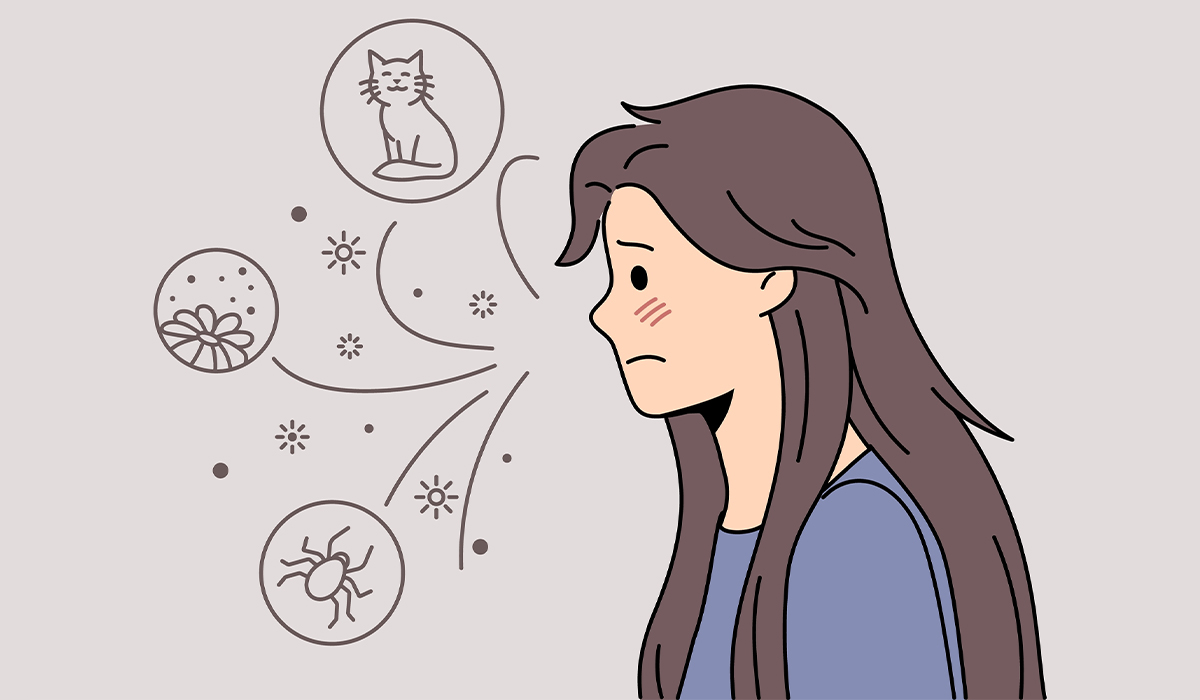
Allergies happen when the immune system starts a reaction against certain substances, such as pollens, pet fur, food, or medication.… read more »

Food allergy is a common condition. Nowadays, the number of cases is increasing. The symptoms are many and varied. Find… read more »
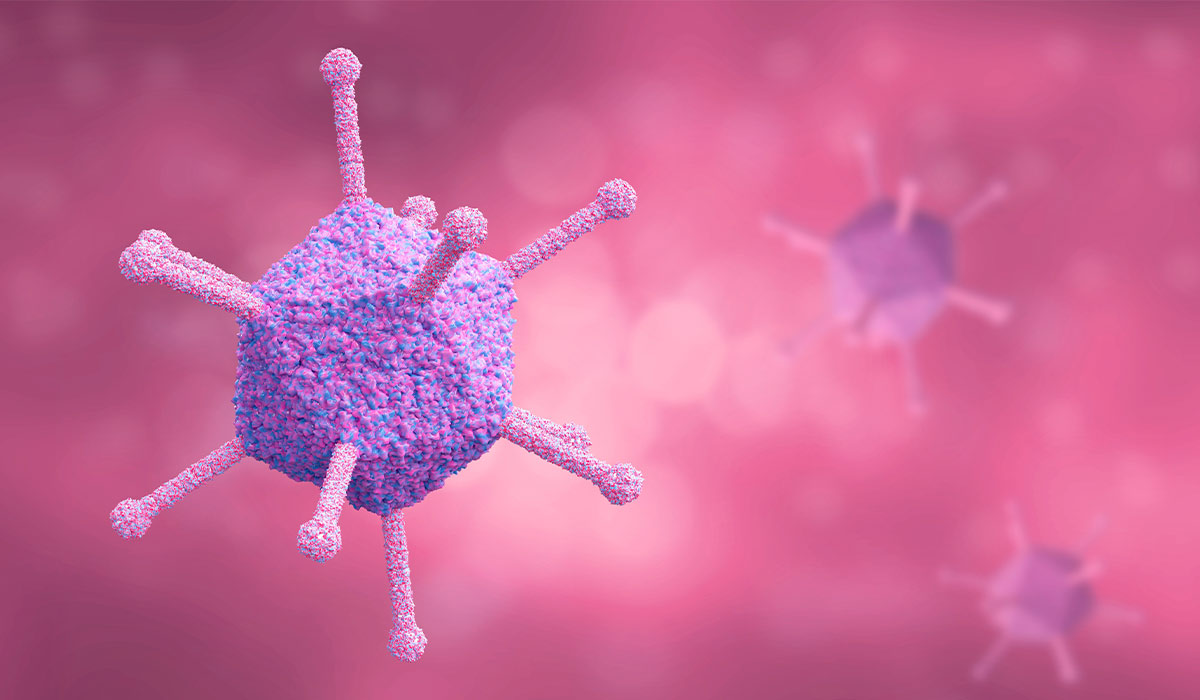
Croup is a common respiratory disease It is often seen in children under the age of 5 years. Learn about… read more »
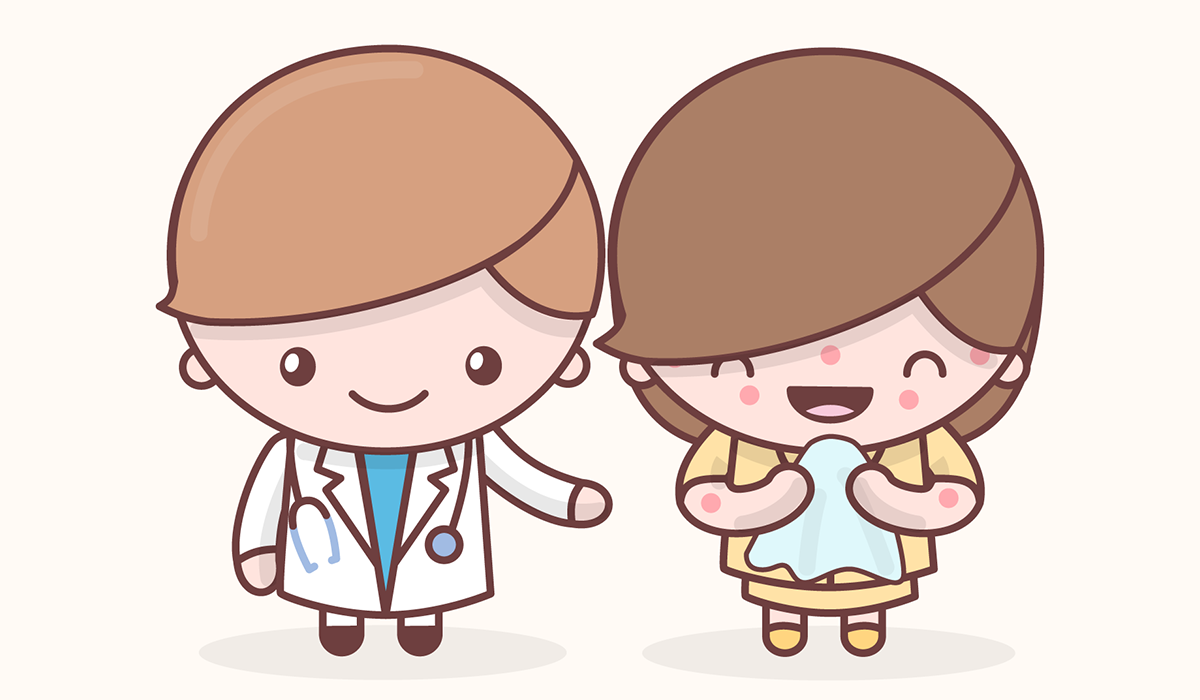
An allergist is a doctor who specializes in diagnosing, treating, and managing allergies and other immune system disorders. read more »

Hay fever is one of the symptoms of allergies. It may appear immediately after contact with the allergen or after… read more »

Anaphylaxis is a strong reaction that happens when your body faces allergens it strongly dislikes, like peanuts or insect bites.… read more »
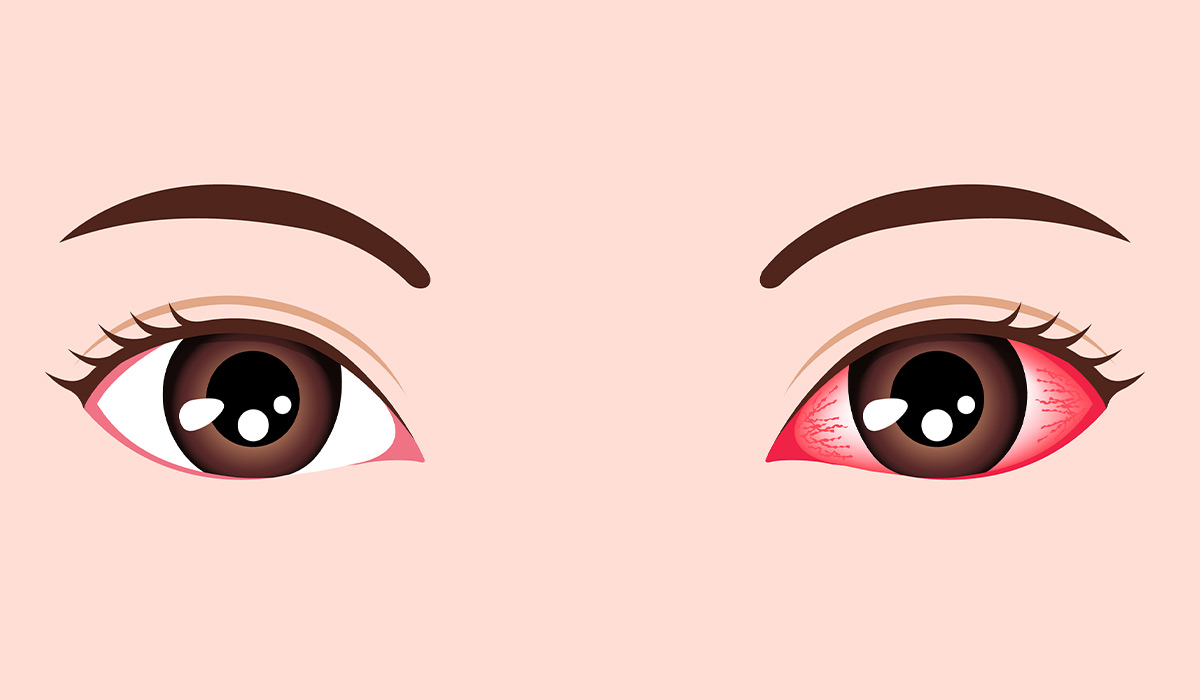
Pink eye is one of the most frequently diagnosed ophthalmological diseases. It may be bacterial, allergic or viral. What are… read more »
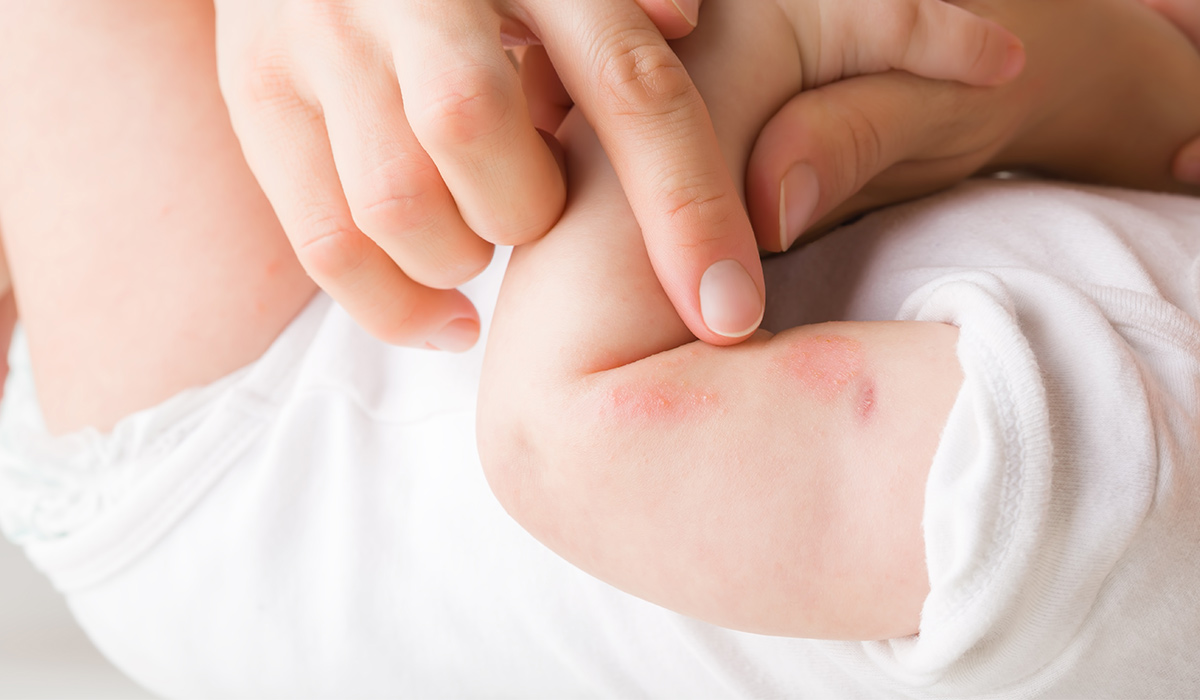
Urticaria is a disease in which raised pale blisters surrounded by redness form on the skin under the influence of… read more »

The unsung heroes who keep the full medical framework running are pathologists. Unlike specialists who treat patients one-on-one, pathologists spend… read more »